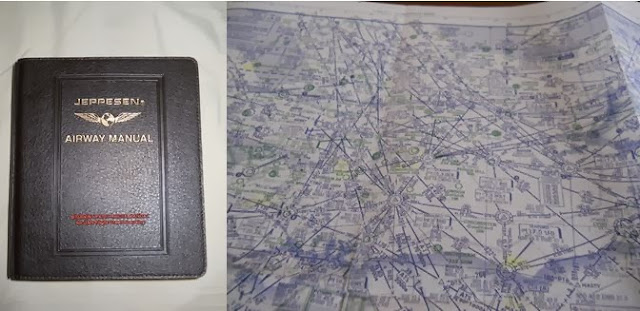 |
| New Zealand Visa Application form |
This week has been spent looking at factors that negatively effect the performance of pilots. I have found it to be quite an interesting subject and relatively medically based. A lot of it is fairly straightforward, i.e. consuming alcohol before flying is bad and some basic anatomy. I hated biology at school and never thought that I would have to use any of what I learned all those years ago again, but it has actually come in surprisingly handy for some of the stuff we have been learning. Other things that we have been studying are optics, psychology, hypoxia and the depressing air crash investigation videos.
It has been quite depressing watching them, but they have been eye opening to some of unforeseen circumstances and errors that humans can make while flying the highly strung, complicated machines that modern aircraft are. The most famous and harrowing incident in recent times is that of Air France flight 447 which crashed in the middle of the Atlantic in 2009. A tragic incident which shows that it is quite easy for pilots to get into a state of confusion if something out of the ordinary happens. I find it good to watch these videos so that we at least have an appreciation for past incidents and so we can learn from them. It hasn't just been this subject that AF447 has cropped up. It's a good example to illustrate a number of lessons that should be taken on-board by all pilots, in training or experienced, for example why thunderstorms are to be avoided.
Learning from experience is also something for you to think about if you are going through selection processes. One of the things interviewers look for is for you to demonstrate that you have learned from some of your mistakes and feedback you may have been given at times.
On that cheery note, I wish you a Happy Christmas. I hope you all have a lovely festive period.












